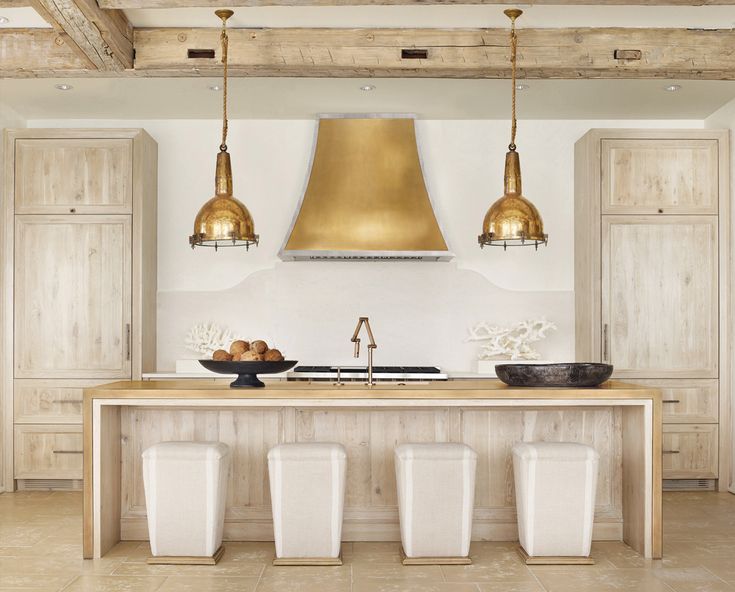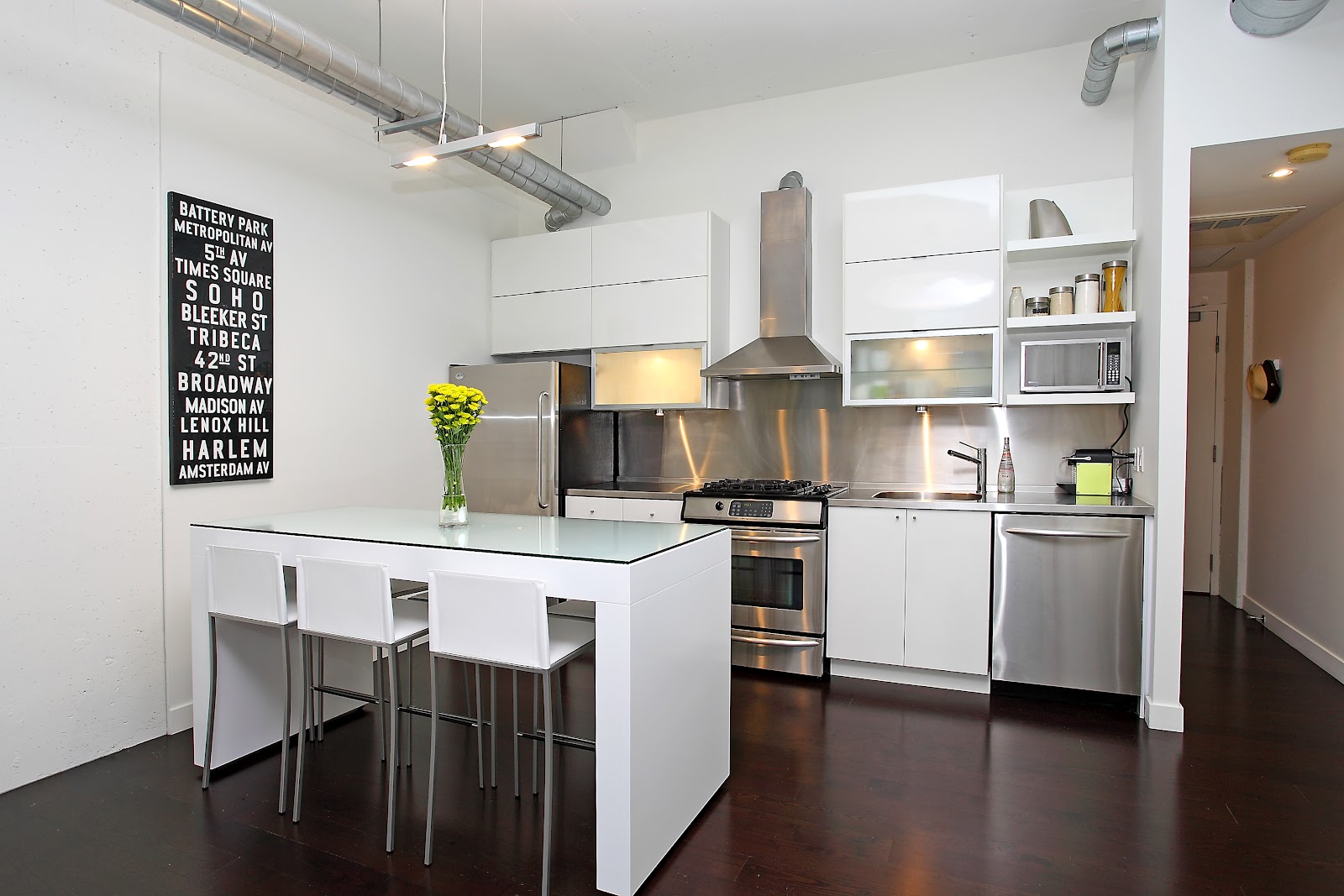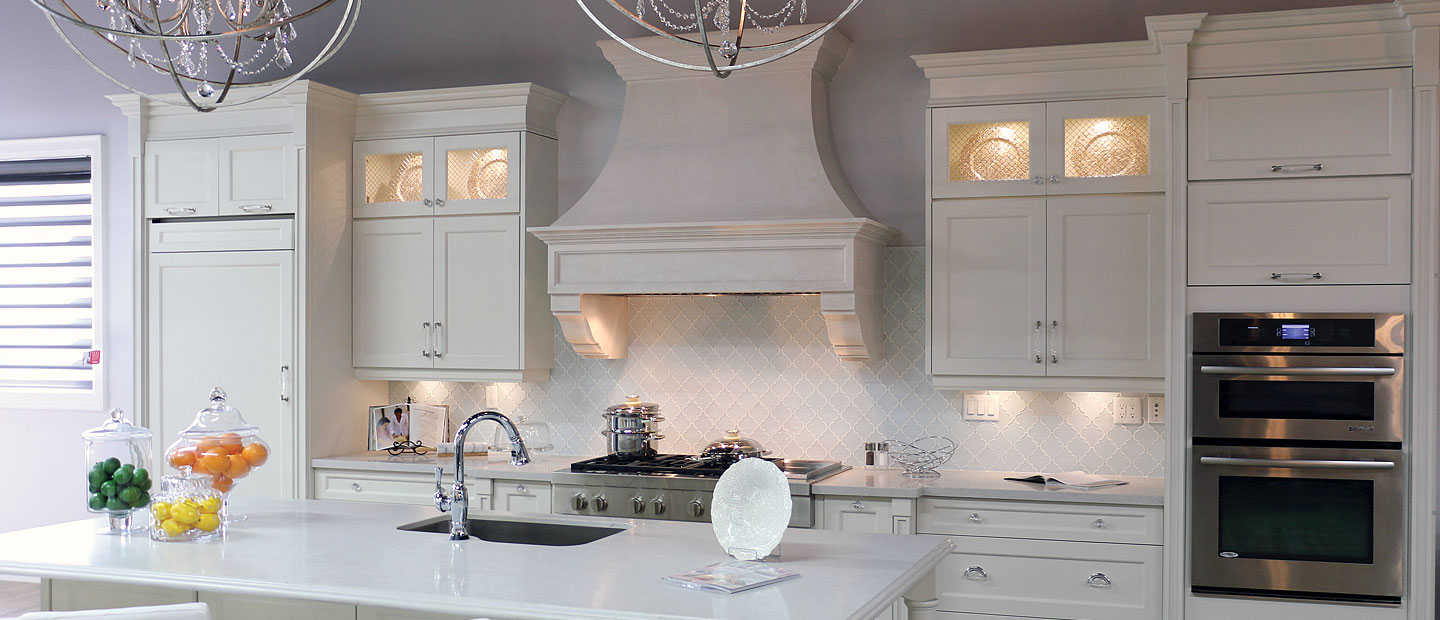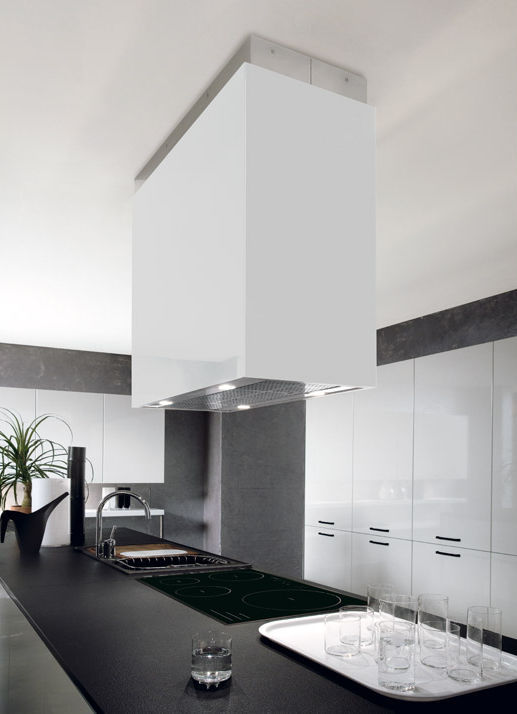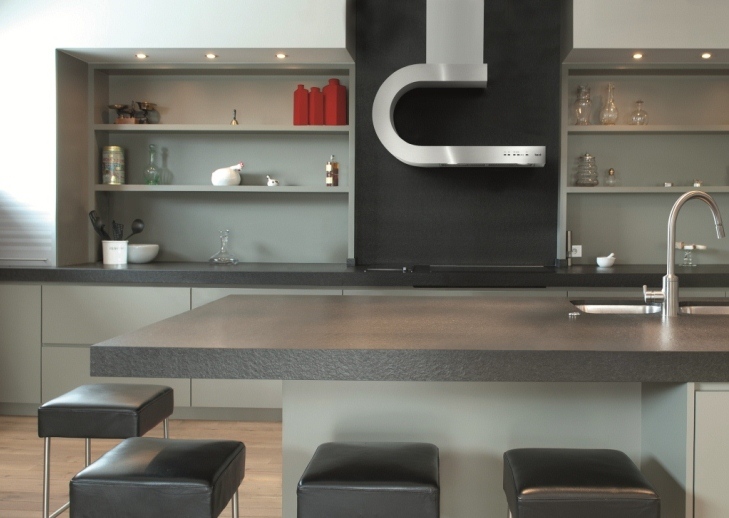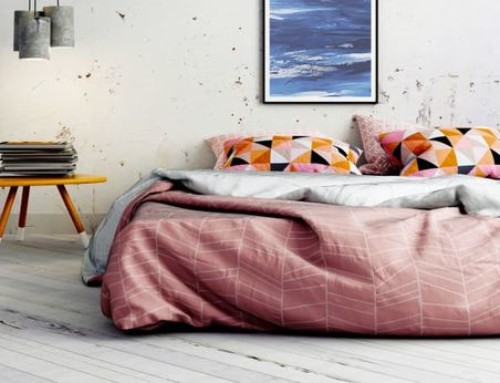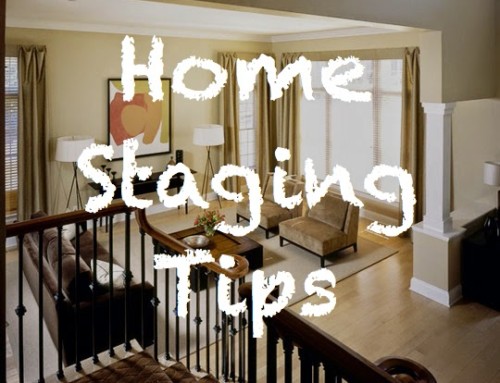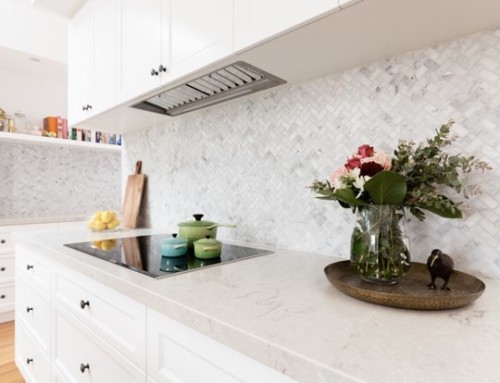The popularity of kitchen range hoods today is as much about artistic design as it is convenience. They not only remove unwanted smells and help keep the kitchen clean, they can also serve as a focal point for the room and as an extension of the owner’s style and taste.
Whether you’re replacing an old range hood or buying a new one for your latest kitchen remodel, I have provided a list of 5 things to consider when selecting a range hood for your kitchen.
1. How much ventilation do I need?
When choosing the size and power of a kitchen hood, the stove underneath will be a key determinant.
Obviously a larger stove requires a larger hood. How many BTUs the stove cranks out, as well as the amount and type of cooking that will be done are all things to consider. Many stove manufacturers have recommendations on the amount of ventilation needed.
Kitchen range hoods are rated by how much air they can pull out of a given area, measured in Cubic Feet per Minute. As a starting point, the Home Ventilating Institute recommends a minimum CFM of 40 for a hood mounted against a wall and 50 CFM on an island. Their recommended levels are 100 CFM against a wall and 150 CFM for an island.Of course, a stove’s heat output, the size of a hood and the kitchen itself should be taken into account, with the highest CFM number used after calculating each of these requirements separately.
The HVI recommends taking a stove’s BTU rating and dividing it by 100 to find a minimum level. For example, a stove with a 30,000 BTU rating would require a kitchen hood with a capacity of at least 300 CFM.
A kitchen range hood should be able to cycle the air out of the entire kitchen 15 times per hour. Simply multiply the kitchen’s dimensions (floor area square footage x ceiling height) to determine its volume, and then divide that figure by 4.
To account for hoods over an island, just multiply the minimum CFM by 1.5.
For “professional style” stoves, the HVI recommends following the manufacturer’s advice to determine ventilation requirements:
Stapperfenne says it’s important to note that installing a kitchen range hood might require the addition of a makeup air system to the home. It provides processed or conditioned air back into the home when the exhaust fan is operating.
“Houses weren’t always sealed as well of as they are today, there were always cracks and crevices and leaks and whatever but now with some of these really powerful 1100 CFM hoods that are out there, you need to have makeup air,” Stapperfenne says. “You combine that with a tight building envelope and you could be looking at a potential airflow issue within the home.”
Some states require a makeup air system, depending on a hood’s CFM rating. In New Jersey, for example, building codes require a hood rate at 400 CFM or more to have a makeup air system installed.
2. The cost
A simple, non-vented, recirculating hood might be found for less than $100. A standard exhaust hood in the $100 range with a couple of speed settings could offer fan speeds of less than 200 CFM. At prices approaching the $200 level, speeds exceeding 200 CFM are available, often with air chambers and fans designed to reduce noise.
Hood designs become more decorative at the $350 level with quieter designs, maximum speeds of 400 CFM and extra features such as digital controls, temperature sensors that turn the fan on and off, plus sensors to indicate when the charcoal filter needs to be replaced or the grease filter needs cleaning, usually by putting it in the dishwasher. Halogen lighting is typically offered on models costing $400 or more.
It might be tempting for someone to sink their money into an expensive range or some fancy tile and skimp on the kitchen range hood, although I think this can cause problems. An inexpensive hood would likely be noisier and draw less air.
With such a unit, a homeowner might also have to run the fan at a higher speed to get adequate ventilation, resulting in more noise, or they might avoid turning it on altogether which negates the point of installing a range hood in the first place. When a kitchen isn’t properly ventilated, an oily film can develop throughout the room that’s hard to remove.
3. The noise
If noise is an issue, a larger hood might allow a less powerful fan speed to be used. Also, a powerful fan with variable speed control would give the flexibility of cranking up the power when needed or to get the air flowing, then dialing it back. A stronger fan would likely be less noisy when run at a lower level.
The fan’s location should be considered as well. A unit that’s mounted on a home’s exterior would produce less noise in the kitchen itself.
Fan noise levels are rated in Sones, which is a measure of how loud a sound is perceived. A modern refrigerator is roughly 1 Sone. This can be hard to determine as less inexpensive hoods might not provide Sone levels, while makers of quieter units like to brag about it. One manufacturer boasts that its quiet model rates 6 Sones, which is roughly 65 decibels or about the level of a conference room conversation.
Something else to consider is making sure the ductwork is the right size, as one that’s too constricted can increase the noise level.
4. Hoods pros and cons
One of the most obvious considerations regarding the type of kitchen hood is the size of your stove top and where it is placed in the room. A hood over an island will have to be larger than one against the wall, because an island hood has to capture air from both sides.
Insert hoods, which are concealed, can be useful for someone who doesn’t want to make it a focus of the kitchen’s design.
A downdraft hood, installed alongside the stove, would also be more concealed, although I would not recommend these as a first option. Heat and smoke rise in the air, so a downdraft hood would be less effective as it fights the laws of nature. They can also have a negative effect on gas ranges, as they pull the flames towards them. I really only recommend a downdraft if A: somebody has to have it and B: if they’re using either an electric or an induction cooking surface.
For anyone unable to install ductwork in their kitchen, perhaps a condominium dweller, a ductless or recirculated hood could be used that recirculates air back to the room.
“It does have a charcoal filter and they really work in that they get the air moving in the proper direction, and they remove some smoke and smells, and they’re better than nothing, but not by much.”
5. Latest trends and artistic design
Designers have responded to this trend in ways that allow people to use range hoods as a decorative feature that fits the overall look of the home. It doesn’t have to be so utilitarian because when you think about it, a whole kitchen is utilitarian, but we find ways to make it look unique and nice so that every person feels like they’ve gotten their own slice of something very different. There is no excuse to be boring anymore!
Stainless steel has long been popular for its function and ease of cleaning. Anything porous, such as wood, can be hard to maintain, and the finish can become damaged when trying to remove grease.
Warmer metals such as copper, antiqued brass, bronze and those with a cast iron-look became popular in Europe recently. These could be coated to preserve the look or left bare to let them develop a patina.
Some homeowners look for railings on their island hoods, where they can hang cooking utensils. Others might come with a small shelf to store spices or oils. Lighting is also very popular, for both visibility in the kitchen and the overall appearance of the cooking area.
Backsplashes against a wall offer another chance to get creative. Solid glass backsplashes are popular, and painted glass is becoming very popular in contemporary designs. Tiles made of natural stone, glass, ceramic or porcelain are always great.

